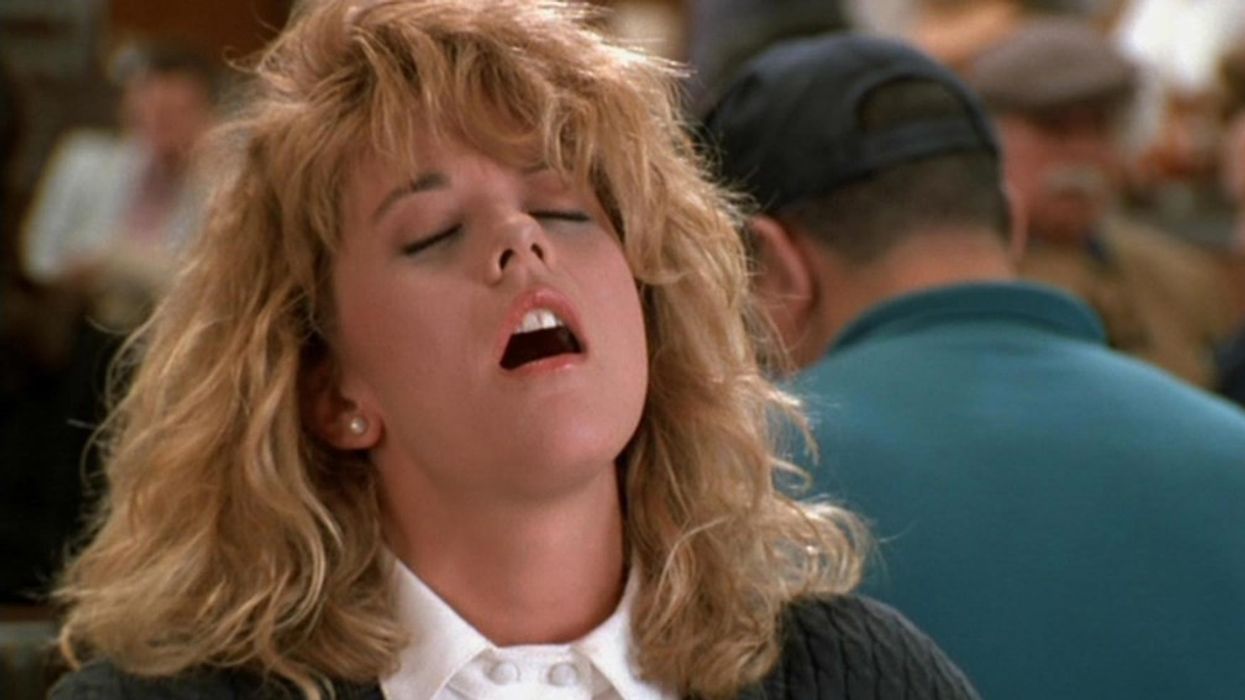Watch: How 'When Harry Met Sally' Teaches Us to Break Genre Conventions
'When Harry Met Sally' is a classic romantic comedy, right? Wrong. This video essay argues that the film actually breaks the genre.

"Genre is a set of expectations the audience has when they walk into a particular kind of movie," Michael Tucker notes at the beginning of this new essay from Lessons from the Screenplay. A filmmaker's job is either to conform to—or to break with—these conventions.
Although When Harry Met Sally belongs to the pantheon of great romantic comedies, Tucker's essay argues that the film achieves much of its success by breaking the conventions associated with the romantic comedy.
"The challenge is to keep convention but avoid cliché.”
A writer is well served to "have a deeper knowledge about the genre you're working in, and the conventions that come with it," says Tucker. "Genre is 'like a check-list.'"
However, there are pitfalls. Robert McKee, in his screenwriting tome, Story, says the writer "must not only fulfill audience anticipations...but must lead their expectations to fresh, unexpected moments, or risk boring them." Furthermore, the challenge, as McKee sees it, is "to keep convention but avoid cliché."
So, how does that happen in When Harry Met Sally? Primarily through structure. As Tucker puts it, "A familiar storyline in love stories goes like this: Boy meets girl. They can't stand each other, but are forced to spend time together. And in doing so fall in love."
But in Nora Ephron's classic screenplay for WHMS (which also included collaboration from stars Meg Ryan, Billy Crystal, and Rob Reiner, the film's director), this is subverted. At the beginning, the two meet, and, as per genre convention, can't stand each other. By page 16, they've parted, not to see each other for another five years. And, when they meet again, five years later, they still can't stand each other. Wash, rinse, and they meet again, another five years later. By not "forcing the characters to spend the whole movie together," Tucker says, the film "surprises the audience, and makes them curious about what comes next."
And, in yet another big break with genre convention, there is no real externalconflict. In most romantic comedies, the couple is kept apart by some artificial machinations (on the part of their family, careers, friends, etc.), but, as Tucker notes, inWHMS, "the only thing standing in their way...is them."
Furthermore, the film's temporal structure allows the drama to arise from comparison: "Because we meet Harry and Sally just out of college, and then again in their mid-twenties, and then again in their early-thirties, we get to compare their younger selves with their current selves," says Tucker.
These breaks with traditional structure are what make When Harry Met Sally such a successful romantic comedy: by eschewing many genre conventions, the film feels truer to life. Most romantic comedies—and most movies, for that matter—come and go. But here we are, some 28 years after its release, still talking about these mismatched (except, you know, not) lovers.











